The UK’s immigration system is undergoing a major digital makeover in 2025. Starting in June, physical biometric residence permits (BRPs) and biometric residence cards (BRCs) will be replaced by electronic visas — or eVisas. This new system promises faster, more secure access to your immigration status, but also means travelers need to get familiar with a whole new process. If you’re planning to visit, work, or live in the UK soon, here’s what you need to know to prepare smoothly for the transition.
Key Takeaways
Overview of the UK’s New E-Visa System
The UK government is modernizing its immigration services by introducing eVisas to replace traditional physical documents. Instead of carrying a plastic BRP or BRC, travelers will now have a digital record of their visa and immigration status accessible online via a UK Visas and Immigration (UKVI) account. The eVisa serves as official proof of your right to work, study, or live in the UK and can be accessed anytime, anywhere, without the risk of losing or damaging a physical card.
This change is part of a broader effort to improve security, combat identity fraud, and streamline visa management. With eVisas, border officers and employers can verify immigration status instantly through digital means, making the system more efficient and less prone to errors.
Key Differences Between E-Visas and Traditional Biometric Residence Permits
The shift from BRPs and BRCs to eVisas brings several key differences for travelers:
- Format: Instead of a physical card, your visa status is stored digitally and linked to your UKVI account.
- Accessibility: You can access your eVisa online 24/7 from any device, eliminating the need to carry a physical permit.
- Security: Digital records reduce the risks of loss, theft, or damage to your immigration documentation.
- Verification: Employers and border authorities will verify your status online, speeding up checks and reducing paperwork.
- No Physical Presentation: You won’t present a card at the border; instead, you must prove your status digitally or with supporting documents.
While these changes offer convenience, they also require travelers to be digitally savvy and prepared to navigate online systems confidently.
Important Dates and Deadlines for the Transition
The transition timeline is crucial for anyone holding a BRP or BRC:
- Grace Period Ends June 1, 2025: Until this date, expired BRPs and BRCs remain valid for travel and status proof. Afterward, these physical documents will no longer be accepted.
- Transition Completion: As of February 2025, over 4 million people have successfully switched to eVisas, but around 600,000 still need to complete the process.
- Action Required ASAP: Travelers must create their UKVI accounts and access their eVisas well before the June deadline to avoid travel disruptions or issues proving immigration status.
Missing the deadline could mean being unable to board flights to the UK or facing delays at entry points, so early preparation is vital.
Step-by-Step Guide to Applying for an E-Visa
If you’re new to the UKVI digital system or need to switch from a physical permit, here’s a straightforward process to follow:
- Create a UKVI Account: Visit the official UK government immigration site and register for your account.
- Verify Your Identity: Use the online tools to confirm your identity, which may involve uploading photos or biometric information.
- Submit Application or Link Existing Visa: If applying for a new visa, complete the application online. If switching from a BRP/BRC, link your existing visa to your account.
- Receive Your eVisa: Once approved, your eVisa will appear in your account dashboard as a digital record.
- Download or Print Confirmation: Although physical cards are gone, you can save a PDF or print confirmation as backup.
- Keep Your Account Details Secure: Ensure your login information is safe and update your contact details to receive important notifications.
Also Read: Can You Live and Work in the UK on a Youth Mobility Visa?
This process is designed to be user-friendly, but it’s essential to start early to address any technical issues.
Common Challenges Travelers Might Face During the Transition
While eVisas offer many benefits, several hurdles could trip up travelers:
- Digital Literacy: Not everyone is comfortable using online platforms or has regular internet access, which can complicate account setup.
- Technical Glitches: Server outages or website errors might delay application processing or access to eVisas.
- Verification Delays: Identity verification steps could be slowed if documentation isn’t clear or biometric scans fail.
- Language Barriers: Non-native English speakers may find navigating the digital system confusing without support.
- Exclusion Risks: Vulnerable groups or those without smartphones might struggle, raising concerns about fairness and access.
The UK Home Office recognizes these issues and has allocated funds for support services, but travelers should be proactive to avoid last-minute problems.
Tips to Ensure a Smooth Application Process and Travel Experience
To make your transition to the UK’s eVisa system as seamless as possible, keep these tips in mind:
- Start Early: Don’t wait for the last minute. Create your UKVI account and apply for your eVisa well ahead of your planned travel.
- Prepare Documents: Have your passport, previous visas, biometric info, and proof of residence ready in digital formats for quick upload.
- Use Official Channels: Only apply through the UK government’s official website to avoid scams or misinformation.
- Seek Help if Needed: Utilize the Home Office’s 24-hour support service if you encounter issues or uncertainties.
- Keep Backups: Download or print your eVisa confirmation to have offline proof handy during travel.
- Stay Updated: Follow UK government announcements for any changes or extensions in deadlines.
- Understand the Rules: Remember that eVisas don’t grant permanent residency; they are digital proof of your current visa status only.
By preparing thoroughly and embracing the digital shift, travelers can enjoy the benefits of the UK’s new immigration system without stress or setbacks.





